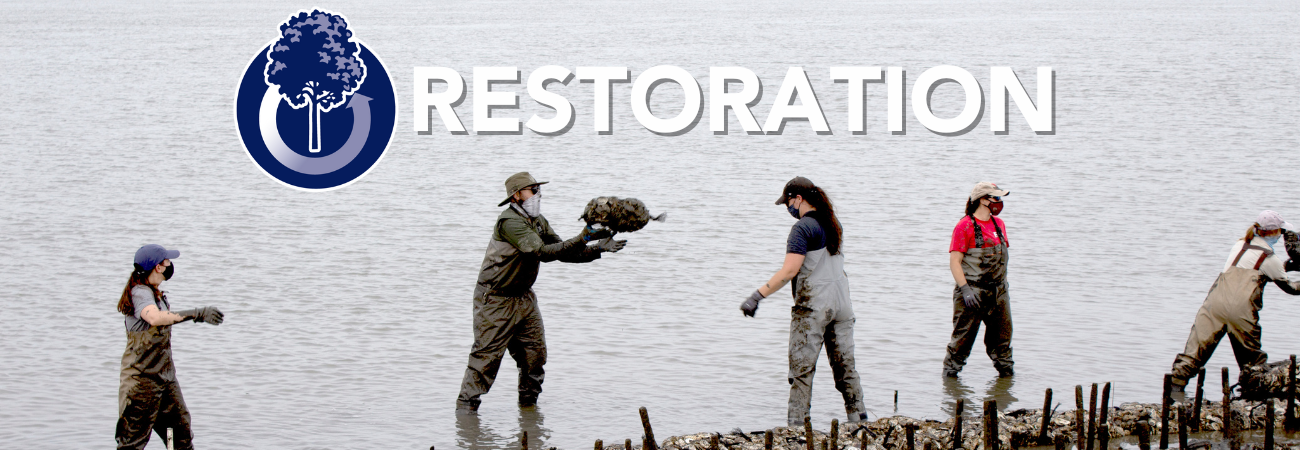
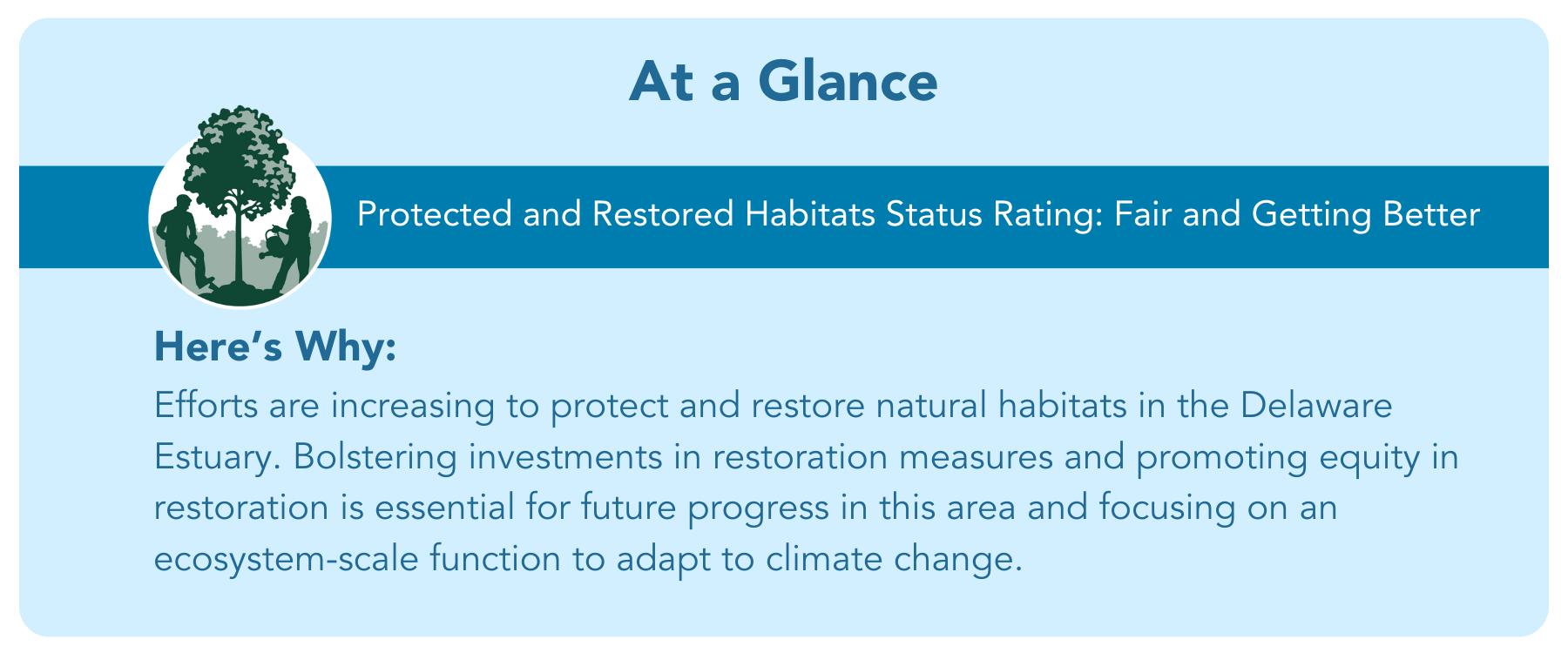

How can we halt the degradation of critical habitats in the Delaware Estuary, and what does it take to restore them?
Picture your natural world as a sprawling patchwork quilt draped over the landscape, with each patch representing a unique habitat – forests, meadows, beaches, and wetlands. These habitats enrich our biodiversity, cleanse our air and water, serve as natural barriers against disasters, and contribute to our economy. But like a well-loved quilt, these ecosystems have started to wear and fray due to construction, pollution, and climate change. To mend the frayed patches, dedicated scientists, environmental professionals, and volunteers are working to restore these habitats and protect those still intact. This section delves into the state of the Delaware Estuary’s ecosystems, the efforts to preserve and restore them, the consequences of inaction, and the strategies moving forward.
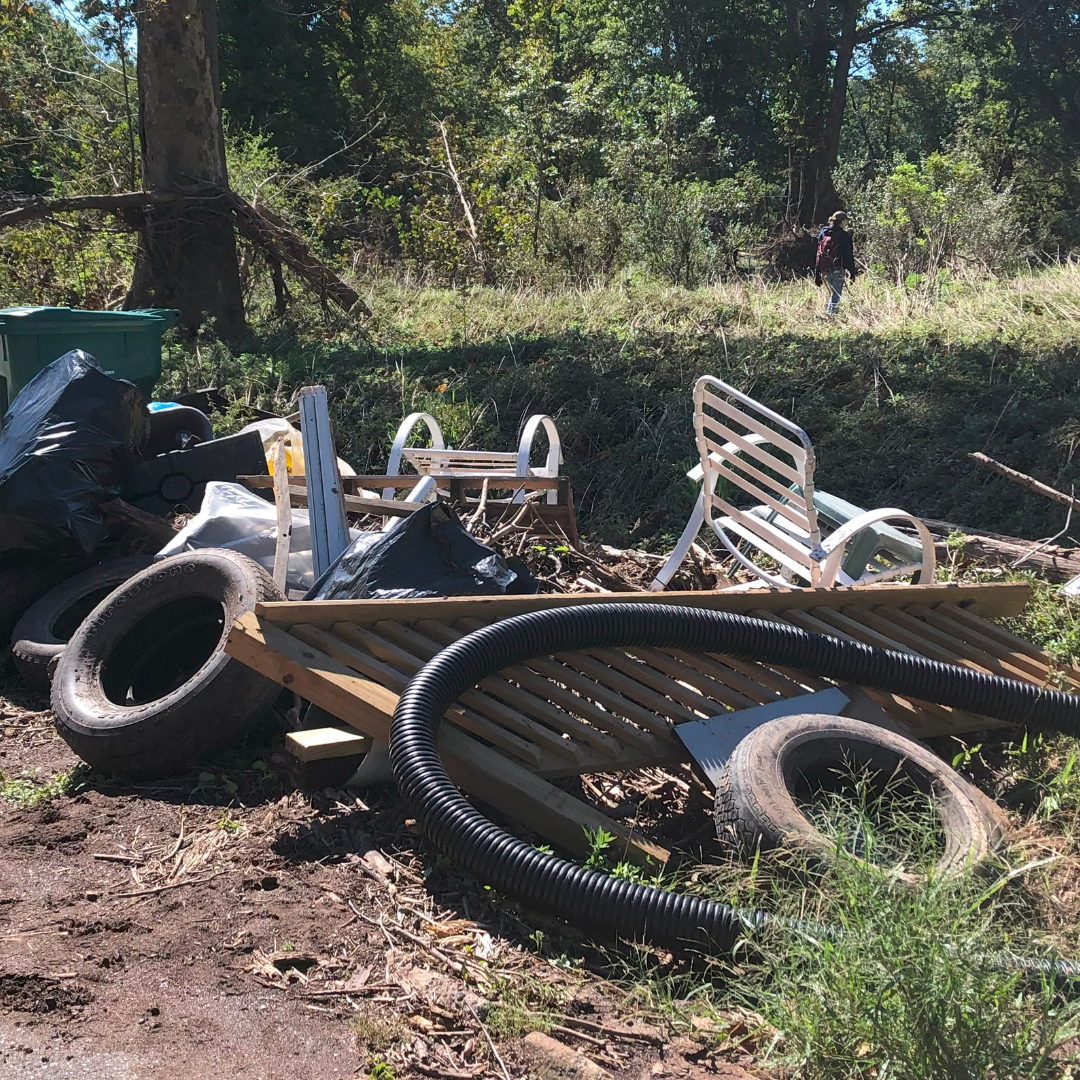
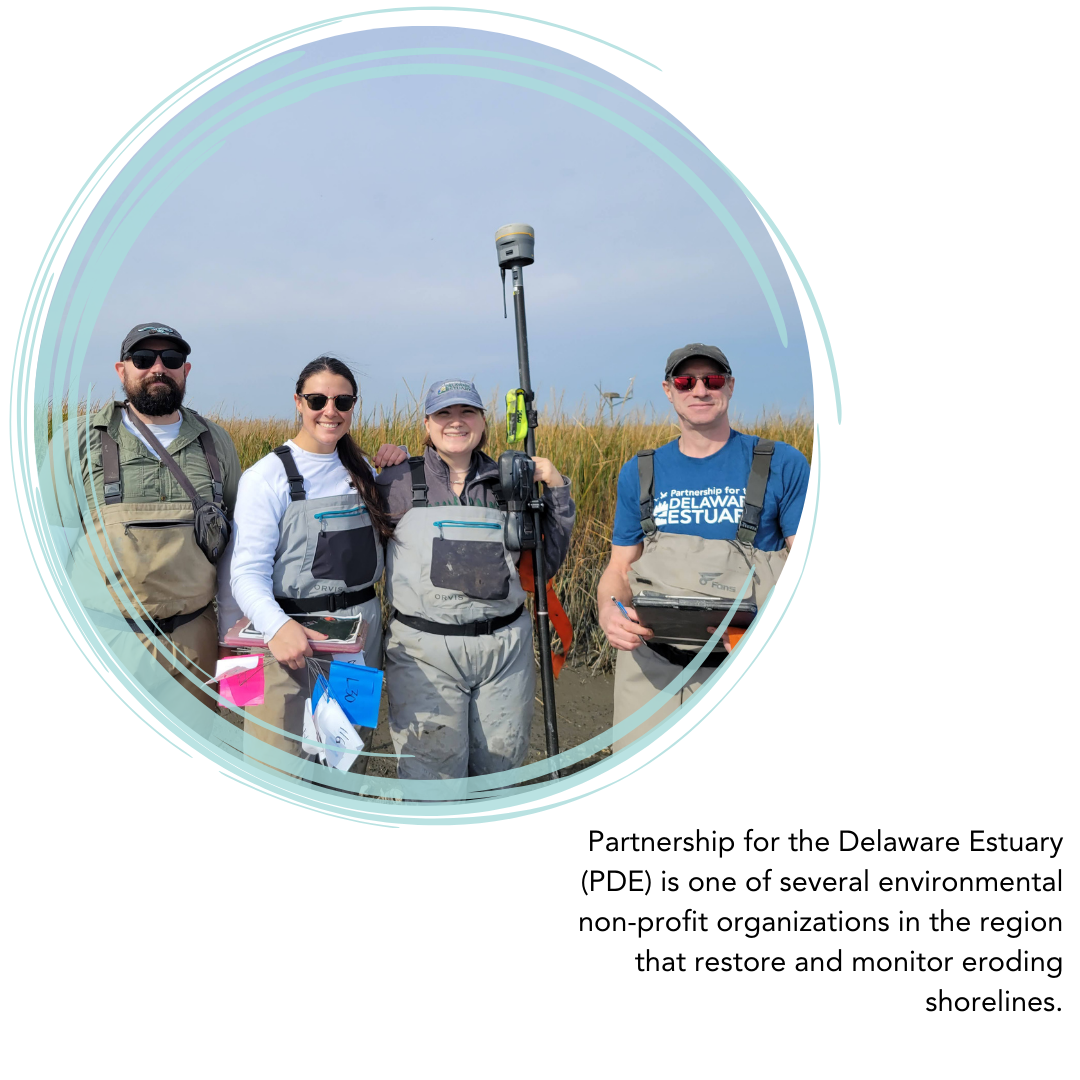
Unfortunately, the quilt is fraying faster than it can be mended. Despite governmental regulations and public education campaigns, hundreds of thousands of acres of natural habitats have been destroyed or significantly altered in the Delaware Estuary. Many of the estuary’s tidal wetlands have been lost compared to pre-settlement conditions, and forests, which are the robust fabric of our upstream ecosystems, are disappearing and continue to disappear at an alarming rate. What was once an unbroken blanket of lush green is full of gaping holes due to development. Each of these habitat types uniquely promotes resilient communities and fortifies an economy valued at $10 billion annually for its water resources. The vitality of this economy is intrinsically tied to the health and vibrancy of the estuary’s habitats. Any degradation or loss threatens the environment and the region’s economic stability, underscoring the need for proactive planning and protection.
The good news is that habitat restoration and protection measures have offset some losses. Restoration of tidal wetlands and beaches increased between 2016 and 2021, with more than 2,700 acres of beaches and over 5,900 acres of tidal wetlands restored. Since 2006, forests and woodlands have been the most substantially protected or restored areas of land protected or restored in the Delaware Estuary have been forests and woodlands at 32 percent and 24 percent, respectively. In contrast to the downward trend predicted in the 2017 Technical Report for the Delaware Estuary and Basin, more recent data shows substantial increases in restoring tidal wetlands, beaches, and agriculture. However, there has been no reported activity for meadow and riparian habitats.
With continued or increased investment and the potential for partnerships, the Delaware Estuary Program hopes to restore 1,500 acres of habitat annually. To secure the future of habitats, there must be enhanced funding and capacity, prioritization of critical areas and habitat types, and increased community awareness about the importance of these habitats. Ultimately, society must balance preservation and thoughtful development that benefits humans, wildlife, and open spaces. It’s time to mend some of the quilt, one patch at a time.
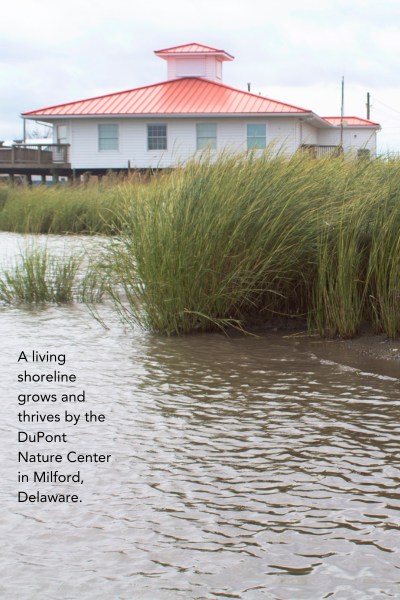

+Plant native flowers, trees, and shrubs which give wild animals the food and shelter they need to raise families.
+Encourage your federal, state and local officials to support policies that protect wildlife and habitat.
+Participate in or hold your own local trash clean-up to help protect wildlife habitats on land and in water.